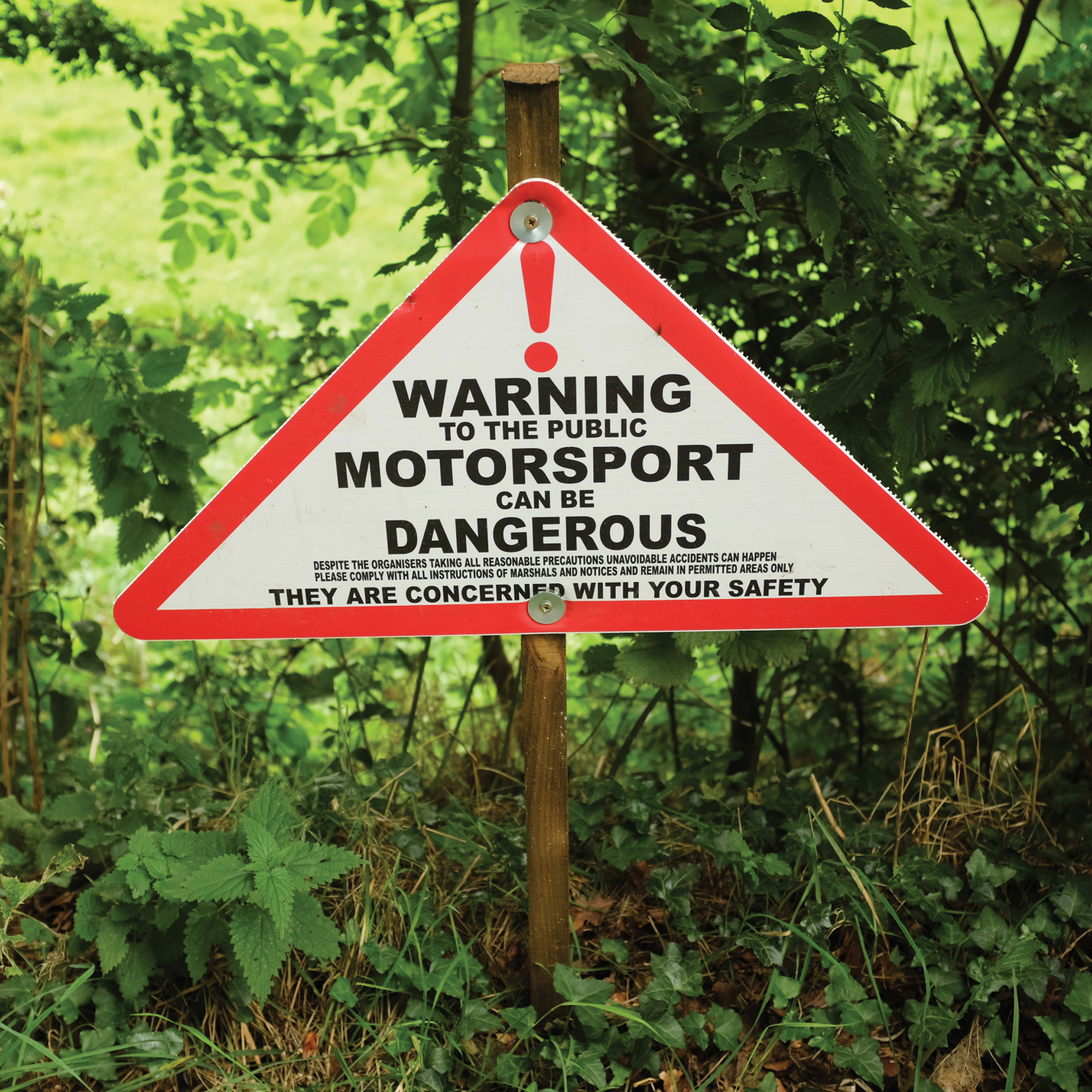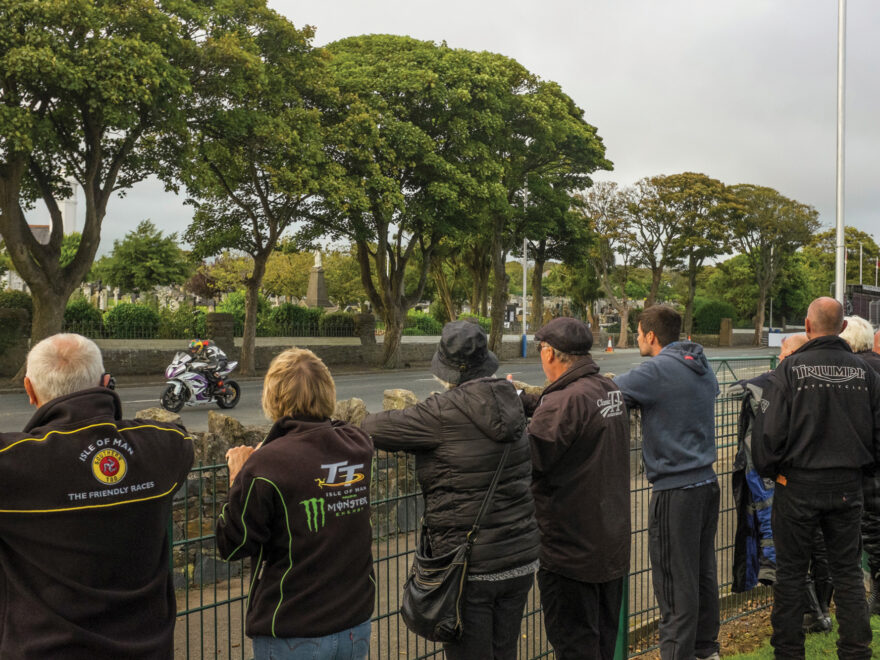The Isle of Man TT (Tourist Trophy) is a famous or maybe that should be ‘infamous’ motorcycle race that takes place every June on the Isle of Man, (a small island in the Irish Sea).
Dave McLeod – Motoring Writer
It’s a perilous event, where racers compete on closed public two-lane country roads at speeds exceeding 320kph, making it one of the most dangerous motorcycle races in the world, with fatalities ‘being commonplace’.
The history of how the race began is a bit of an oddity, and somewhat circumstantial. Around the turn of the century, 1903 in fact, the U.K. Parliament passed an act that forbade racers from exceeding 20mph. Evidently unhappy with this, Sir Julian Orde, the Secretary of the Automobile Club of GB and Ireland, ventured across to the independently-governed IOM to seek permission to race cars on public roads. Permission was granted and motor racing began on the Isle of Man in 1904 with the Gordon Bennett Trial, a 52.15 mi (83.93 km) course which was originally restricted to touring cars.
For the 1905 Gordon Bennett Car event a trial for motorcycles was to be held the day after. However, the inability of the motorcycle competitors to climb the steep primary A18 Snaefell Mountain Road section of the course forced the organisers to use a 25-mile (40km) section of the Gordon Bennett Trial course.
The first Isle of Man TT (inaugural Auto Cycle Tourist Trophy) race took place on May 28, 1907, it was organised by the Auto Cycle Union (formerly Auto Cycle Club) and was a 10-lap race of the island’s 15+ mile St. John’s Short Course. It was won by Charlie Collier riding a Matchless motorcycle. The race was an instant success, drawing crowds of spectators and competitors from all over the world.
In 1911 the TT switched to the substantially longer 37.73 mile Snaefell Mountain Course. A literal beast of a track carved out of the island’s public roads and one which even now, still includes over 200 bends. Added to this, being a public road, the course itself has also altered and evolved over the years, with changes including widening in some areas and the introduction of (non-adhered to) traffic systems.
The classes have changed a lot over the years too, with the current line up being Lightweight TT, Junior TT / Supersport TT, Superbike TT, Superstock TT, Sidecar TT and the Senior TT – which is the oldest class (1909–present). And although the bikes have obviously changed in the last century, the Senior TT remains as the event’s biggest race and the most coveted trophy for competitors. Topping it off, the racing format has also changed since the races’ inception, with ‘clutch start’ (where the racers are started singly at 10-second intervals), being the current method.


To date, 265 riders have been killed on the famous Mountain Course at various events since it was first used in 1911 (essentially the only year without a fatality was 1982). The 99th proved one of the most significant though, when Italian rider Gilberto Parlotti died while racing at the TT in 1972, the subsequent rider’s boycott had the TT stripped of its world championship status – meaning that from 1977, everyone racing the TT does it because they want to!!!
The riders not only risk their lives every time they set off down Bray Hill, the circuit’s starting point, but their finances too. They spend countless sums of money and use their limited vacation days to take part in the TT, simply for a shot at glory or simply to chase a childhood dream.
The preparation involved in participating in the TT is eye watering. In addition to the years it takes to memorise the 37.73 mile course, those aspiring to compete in the TT must first take part in several other closed public road races in Ireland, such as the Northwest 200 and Ulster Grand Prix. So just to get on the grid at the TT is a feat unto itself.
As outlined, the financial rewards are minimal, (winning the Senior TT race, if you manage to lead all laps, will net you around £18,000), however, notoriety is a strong probability and the chance to ride alongside some big names, both on and off the track, is obviously very persuasive. Joey Dunlop is the TT’s most successful rider with 26 wins, from the 1970s through to his death in 2000, however, names such as Geoff Duke, Mike Hailwood, Steve Hislop and TV celeb Guy Martin (to name but a few) have all competed at this epic event.
Safety is always improving on the island, with no wet riding allowed for two decades now, newcomers going through extensive education and starting numbers reduced for 2022 to get rid of backmarkers. On top of that, new Formula 1-style LED marshalling panels were installed for 2022 to act as a better warning system in the event of incidents.
Today, the Isle of Man TT is a spectacle, a week-long festival of motorcycle racing, featuring a range of events including the Superbike, Supersport, and Superstock races, as well as sidecar races and the TT Zero race for electric motorcycles. Yes it’s got more than its fair share of risks, but isn’t that what life’s all about?


